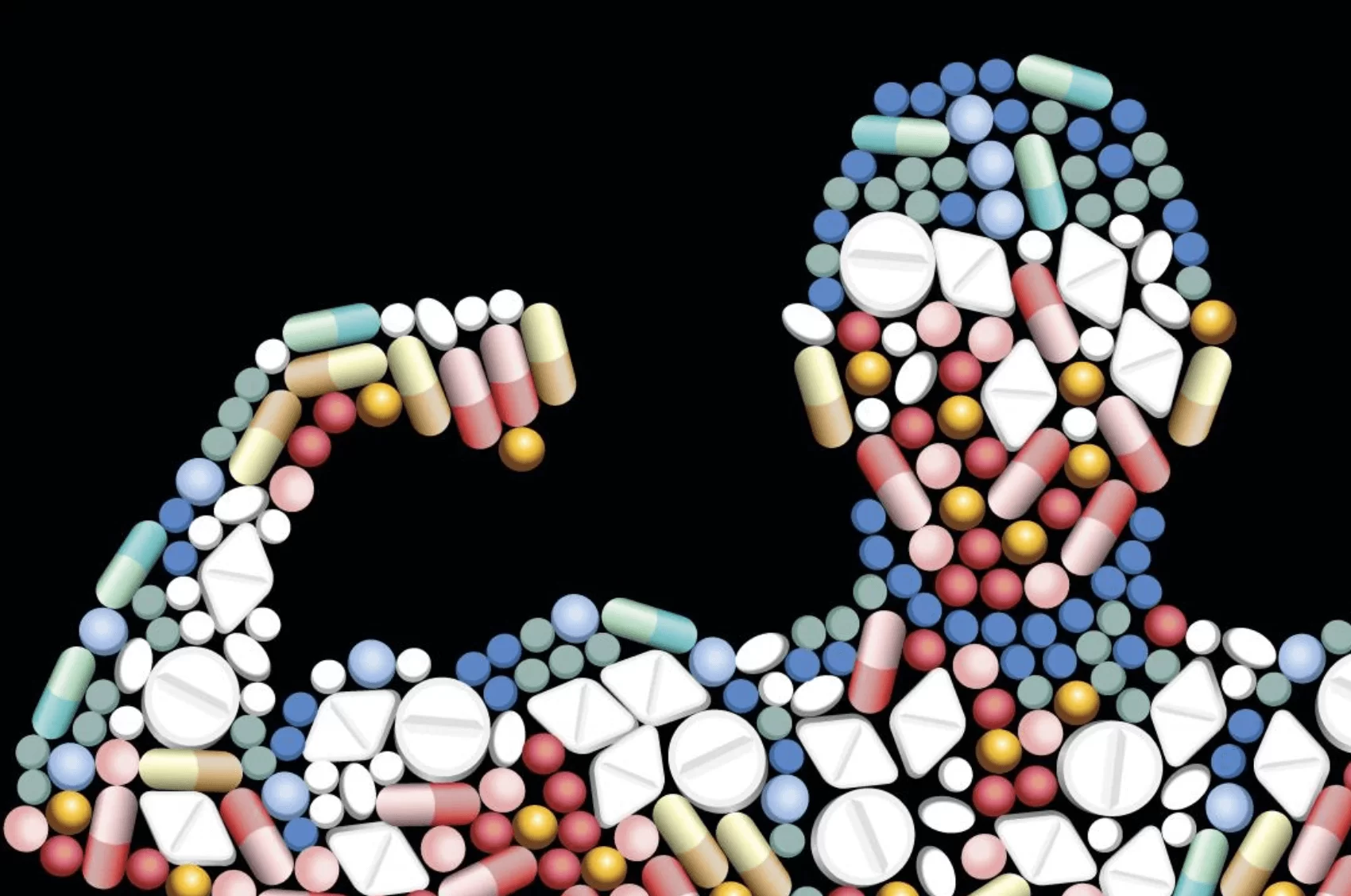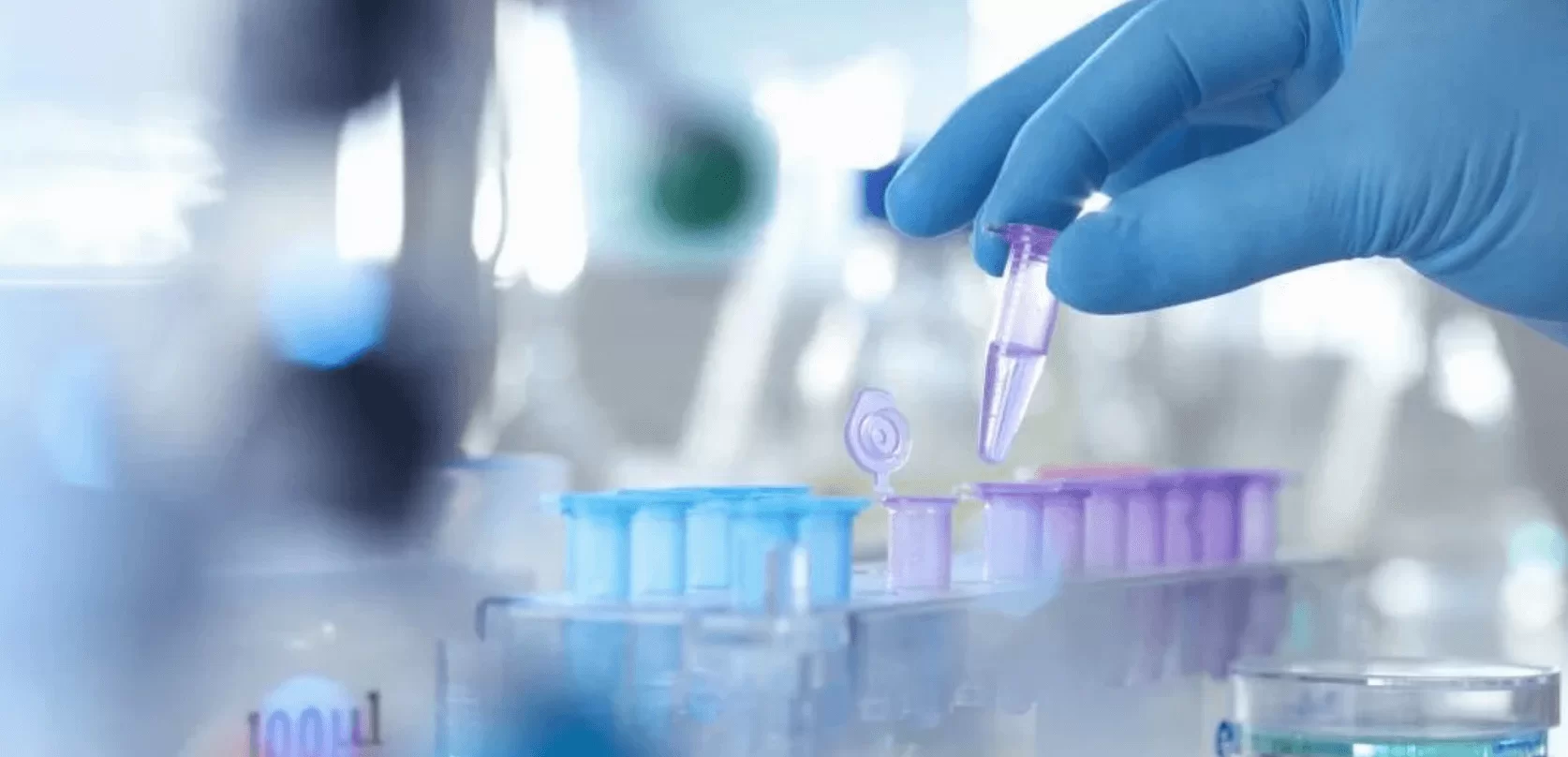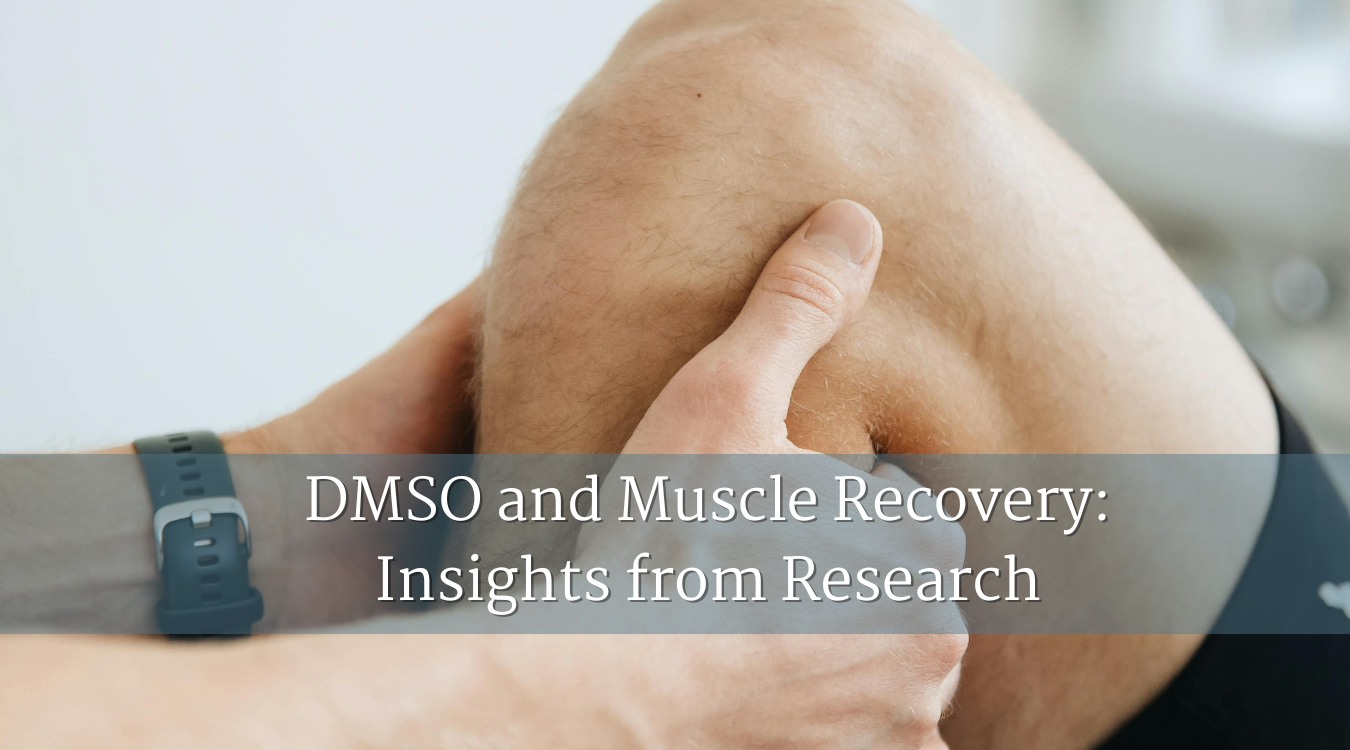
DMSO and Muscle Recovery: Insights from Research
Whether you’re a weekend runner or a seasoned athlete, muscle recovery plays a huge role in performance and wellbeing. After intense training sessions, inflammation, oxidative stress, and micro-tears in the muscle fibers lead to soreness and fatigue. This is where DMSO (dimethyl sulfoxide) has attracted attention as a potential aid in recovery. But how much of the buzz is supported by science? Let’s break it down.
How DMSO May Influence Muscle Recovery
Researchers have studied DMSO for decades, with a particular focus on three mechanisms relevant to muscle recovery:
-
Anti-inflammatory potential – Post-exercise inflammation contributes to soreness. DMSO has been shown in laboratory studies to reduce inflammatory cytokines, which may help muscles recover faster.
-
Antioxidant effects – Exercise generates oxidative stress that damages cells. DMSO’s strong free-radical scavenging activity has been observed in animal and cell models, raising interest in its role in reducing oxidative strain.
-
Tissue penetration – DMSO can carry small molecules across membranes, which has led to its experimental use alongside other recovery compounds.
Research Roundup
-
Animal studies: Research in rats has shown that DMSO application after muscle injury reduced swelling and improved tissue healing rates.
-
Cell culture experiments: DMSO has demonstrated protective effects against oxidative stress, which may translate to less cellular damage after exercise.
-
Human trials: There is very limited modern data. Some early reports in the 1960s–70s suggested DMSO could reduce pain and stiffness in athletes, but the trials were small and inconsistent by today’s standards.
At present, the strongest evidence sits at the laboratory and animal level, while human clinical studies remain sparse.
Sports Medicine Perspective
A physiologist or sports medicine specialist might comment:
“The anti-inflammatory and antioxidant properties of DMSO make it a compound worth monitoring in the athletic recovery space. However, due to the lack of large, controlled human studies, it’s not something we can formally recommend for athletes. Still, the science raises important questions for future research in sports medicine.”
Safety Considerations for Athletes
-
Skin reactions (itching, redness) are the most common side effects of topical DMSO.
-
Because DMSO carries other molecules across the skin barrier, contamination or unintended absorption is a real risk.
-
Athletes competing in regulated sports should be cautious, as DMSO is not an approved recovery aid and could conflict with anti-doping rules in some contexts.
Final Thoughts
DMSO’s unique anti-inflammatory and antioxidant profile positions it as an intriguing candidate for muscle recovery research. While it’s too early to call it a reliable tool for athletes, its potential role in reducing soreness and supporting repair remains a topic of scientific interest. For now, the best advice is to watch the research unfold rather than rely on DMSO as a shortcut to faster recovery.
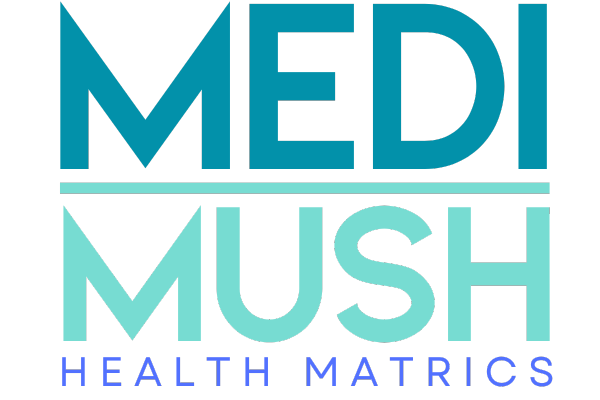



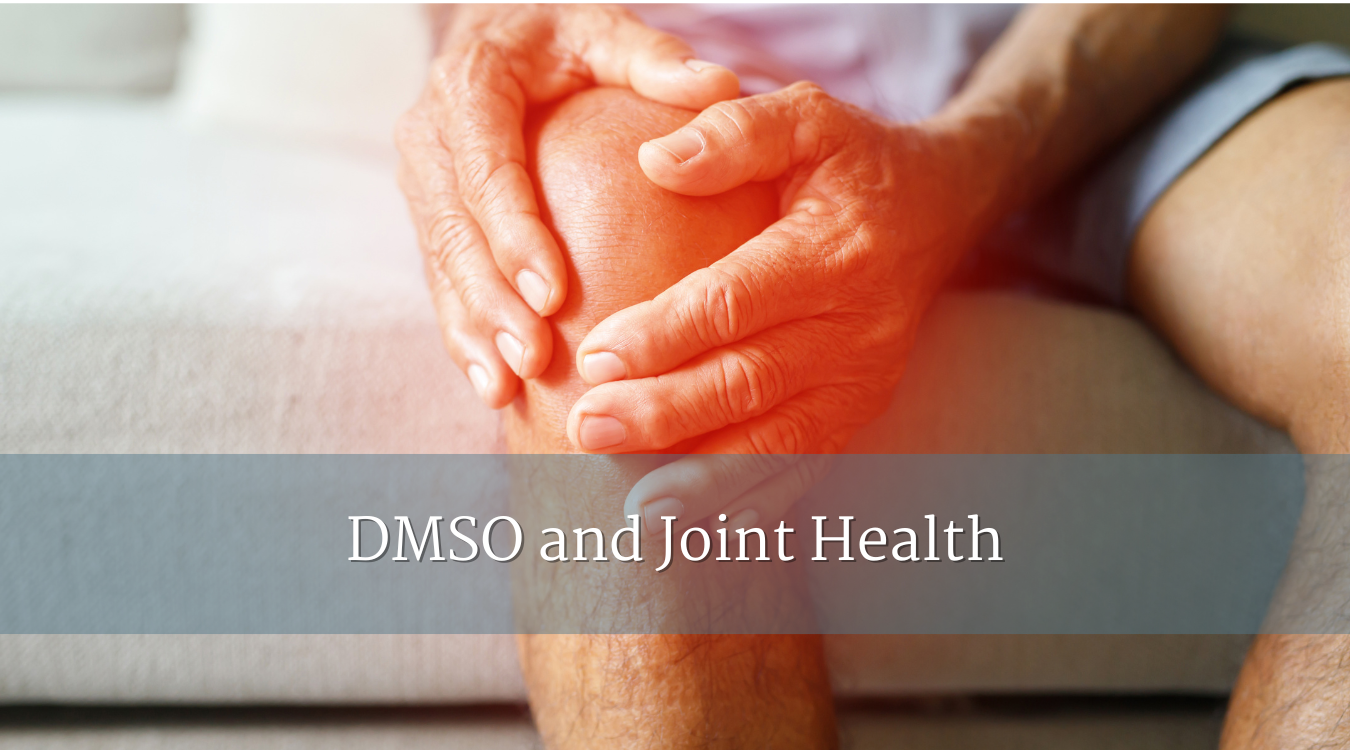 DMSO and Joint Health: What Science Reveals
DMSO and Joint Health: What Science Reveals
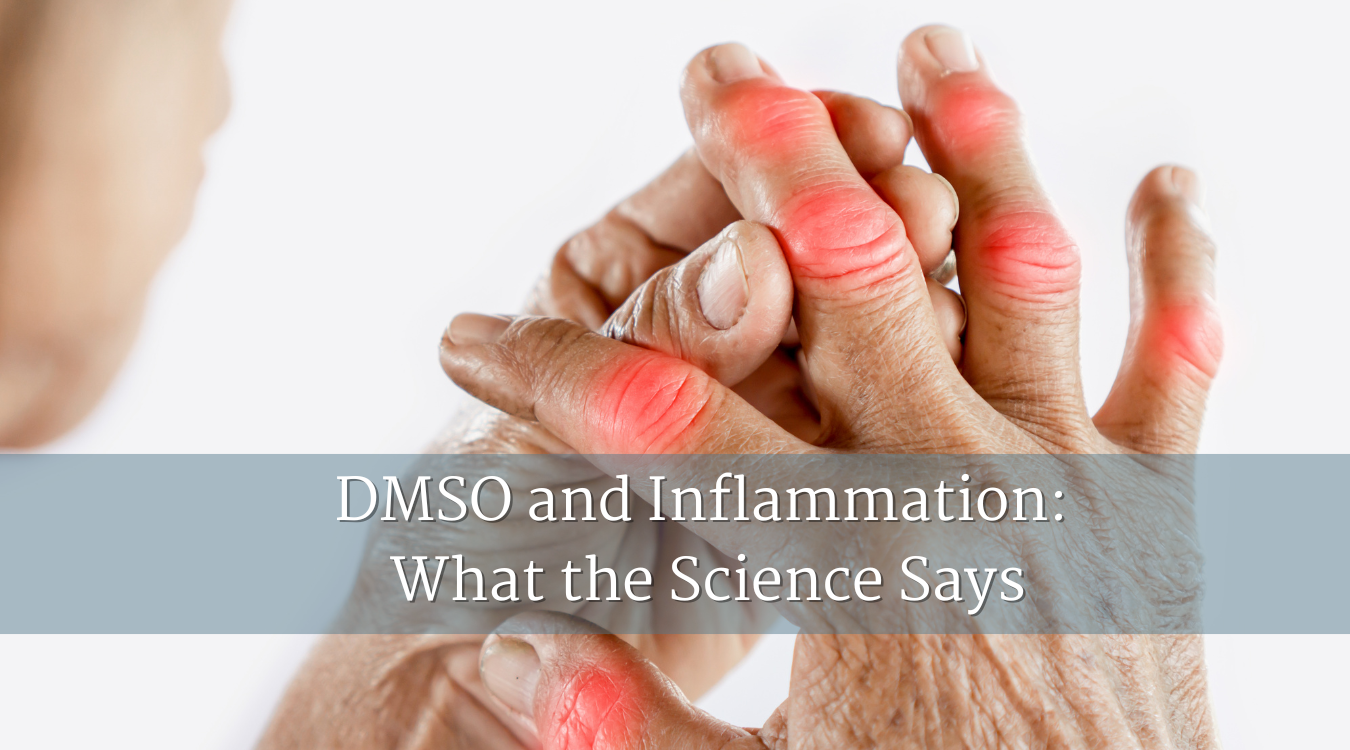 DMSO and Inflammation: What the Science Says
DMSO and Inflammation: What the Science Says










